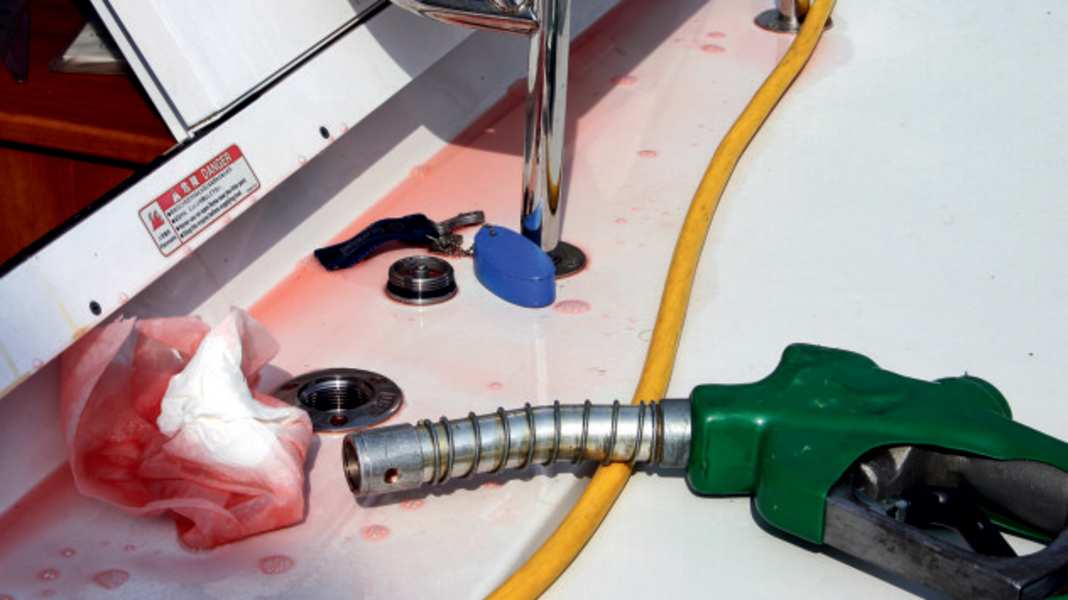
There are sailors who associate the musty smell of stale bilge water with a slight hint of diesel and damp sails with memories of beautiful summer cruises or cosy evenings below deck when the wind whistles through the rigging and the rain pours down on the superstructure. However, most people find too much diesel odour annoying, and it is also harmful to health. And if the diesel odour is so strong that it penetrates all the upholstery and covers and does not go away with extensive airing, then the supposed romance of sailing is over and done with - and the boat is a case for a complex and expensive refurbishment.
According to Michael De Boer from insurance broker Pantaenius, claims due to strong diesel odours on board accounted for just under one percent of all claims in 2020. However, the clean-up can easily become very expensive as, in the worst case, the entire interior has to be removed to eliminate the pollution. Fuel usually leaks unnoticed. If something goes wrong when refuelling or during repair and maintenance work on the machine, the diesel can be wiped away immediately. After thorough ventilation, the odour will quickly dissipate.
However, if there is a leak in the tank or the fuel lines, the diesel can spread unnoticed throughout the boat. It flows into small nooks and crannies; if things are going particularly badly, the floorboards or fixtures become saturated. The fuel can then no longer simply be washed away. A few 100 millilitres are enough.
If the fuel has found its way into the bilge, you need to react quickly. What exactly needs to be done and how damage can be recognised and repaired at an early stage can be found in the new YACHT 22/2021.
